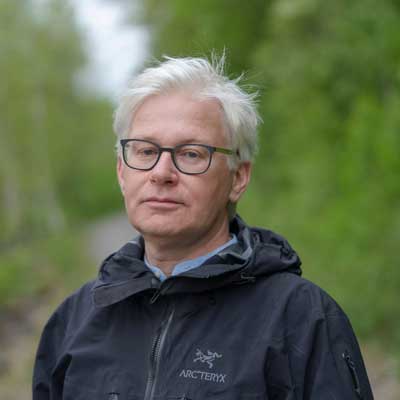project:
Jan 2024
Jun 2027
Ongoing
Predicting vegetation responses of implementing e-flows
This project will provide a methodology for predicting the outcome of environmental flow implementation on riparian vegetation, which is important for biodiversity and river ecosystem functions.
Specifically, the researchers will forecast the outcomes of environmental flow implementation by introducing (1) flood pulses, (2) more natural water-level variation in run-of-river impoundments, and (3) bypassed reaches. These actions have been suggested as having a large potential to improve ecological conditions in regulated rivers and are potential tools to be used in the process of relicensing Swedish hydropower.
Objectives
- Transplant vegetation to new elevations in the riparian zones by excavating turfs and move them to new
levels, so they will experience the hydrological conditions expected following implementation of
environmental flows. This substitutes hydrological change by spatial translocation, under the assumption that
riparian vegetation structure is primarily controlled by inundation duration. - Calculate the rate and direction of vegetation response in terms of biodiversity (species richness and
diversity) and vegetation abundance (cover and biomass) to new hydrological conditions to help forecast the
effects of large-scale implementation of environmental flows, providing a method to help prioritize among
ecological rehabilitation measures. - Predict the rate that new species are added and other species are lost in the initial responses to ecological
restoration, so that rules for the addition and deletion of species in the assembly of restored communities can
be formulated. - Ge rekommendationer för införande av miljöflödesalternativ i tre huvudtyper av vattenmiljöer i reglerade flodsystem:• Nedströms sträckor från dammar: Kan flodpulser som efterliknar vårfloder öka växtartsmångfalden? Vad är hastigheten för arttillskott och förluster vid ökad översvämningsvaraktighet?
• Run-of-river impoundments: Can their riparian zones be revegetated with the help of more natural
seasonal variation in water levels, despite ongoing hydropeaking?• Bypassed reaches: Will this increase plant species richness, and what is the speed of change in species
composition (and biodiversity) following implementation of minimum discharge with seasonal
variation?”

